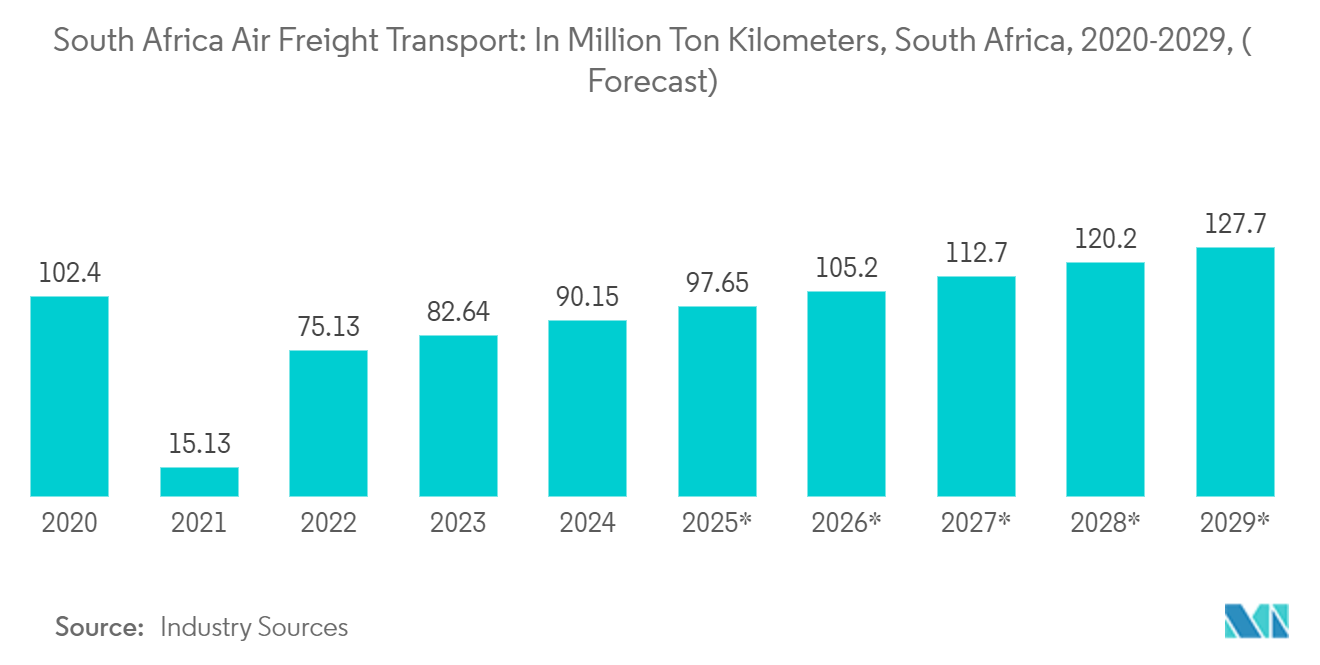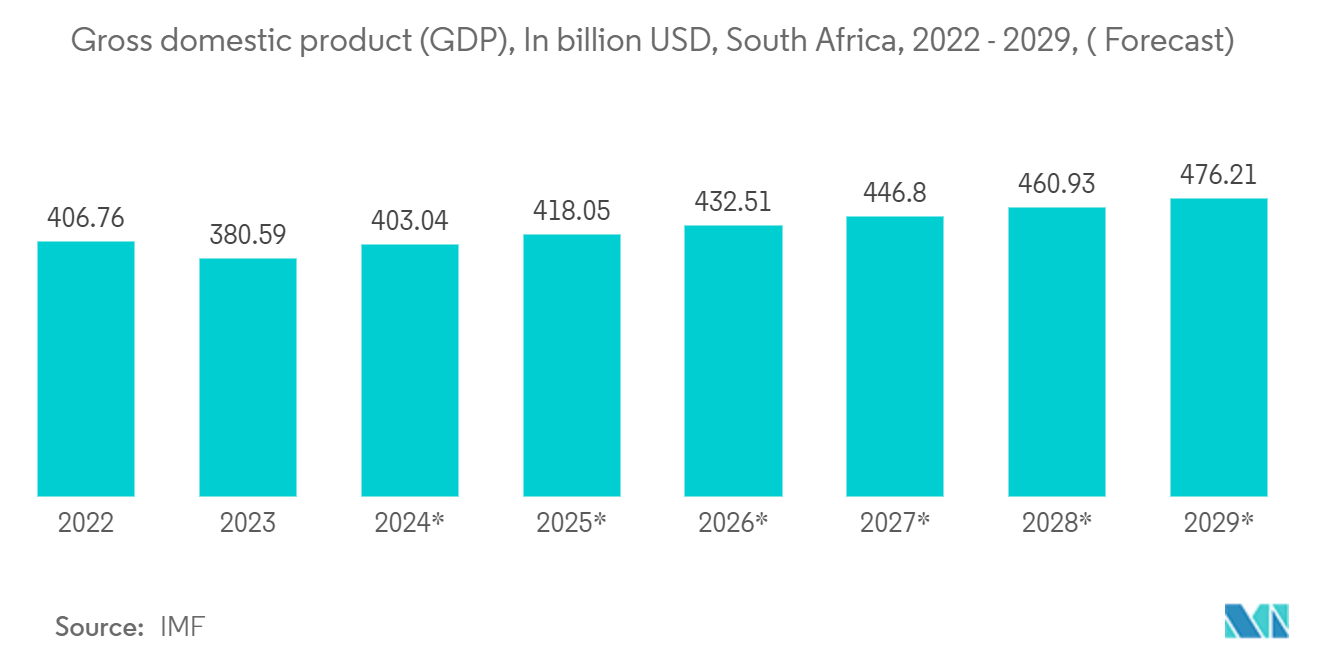Market Trends of South Africa Air Freight Industry
Service Segments Propel Market Growth
The forwarding service segment is experiencing robust growth as businesses increasingly demand holistic logistics solutions, covering everything from customer clearance documentation to transportation management. In 2024, companies like Trans Air Freight are harnessing their expertise to optimize supply chains across diverse sectors, notably automotive and pharmaceuticals. Trans Air Freight has bolstered its offerings by incorporating advanced tracking systems, delivering real-time updates to clients, thereby enhancing transparency and boosting customer satisfaction.
Airlines play a pivotal role in South Africa's market landscape. South African Airlines, for instance, has made strategic investments in dedicated freighter aircraft, amplifying its cargo capacity and service portfolio. This move underscores the airline's commitment to maximizing air freight revenues while adapting to its customers' evolving demands.
Mail services stand out as another key driver in South Africa's air freight arena. The e-commerce boom has spurred a heightened demand for swift mail delivery. Responding to this trend, DHL Express has intensified its operations, emphasizing quicker delivery options. In 2024, DHL Express noted a marked increase in air freight volumes, especially during peak shopping events like Black Friday and Cyber Monday.
In conclusion, the forwarding service segment, airlines, and mail services are pivotal in driving the growth of South Africa's air freight market. Companies are continuously innovating and expanding their capabilities to meet the evolving demands of their customers, ensuring sustained market growth.

Impact of E-Commerce in Air Freight Market
E-Commerce stands out as a key growth area. Leading E-Commerce providers heavily rely on air freight to ensure next-day deliveries. Yet, E-Commerce remains a nascent industry in Africa, with penetration levels still low. As E-Commerce expands, so too will the demand for air freight across the continent. With Amazon's entry into South Africa, other global E-Commerce players making inroads, and homegrown platforms like Jumia and Takealot gaining traction, the potential for air freight growth in Africa is vast.
As e-commerce flourishes, South Africa's air freight sector is reaping the rewards, bolstered by heightened infrastructure investments. Notably, as reorted by IATA, African airlines recorded a 7.5% year-on-year growth in air cargo demand as of October 2024.
In conclusion, the expansion of E-Commerce in South Africa presents significant opportunities for the air freight market. As infrastructure continues to improve and more players enter the market, the demand for air freight services is expected to grow substantially, driving further development in the sector.


